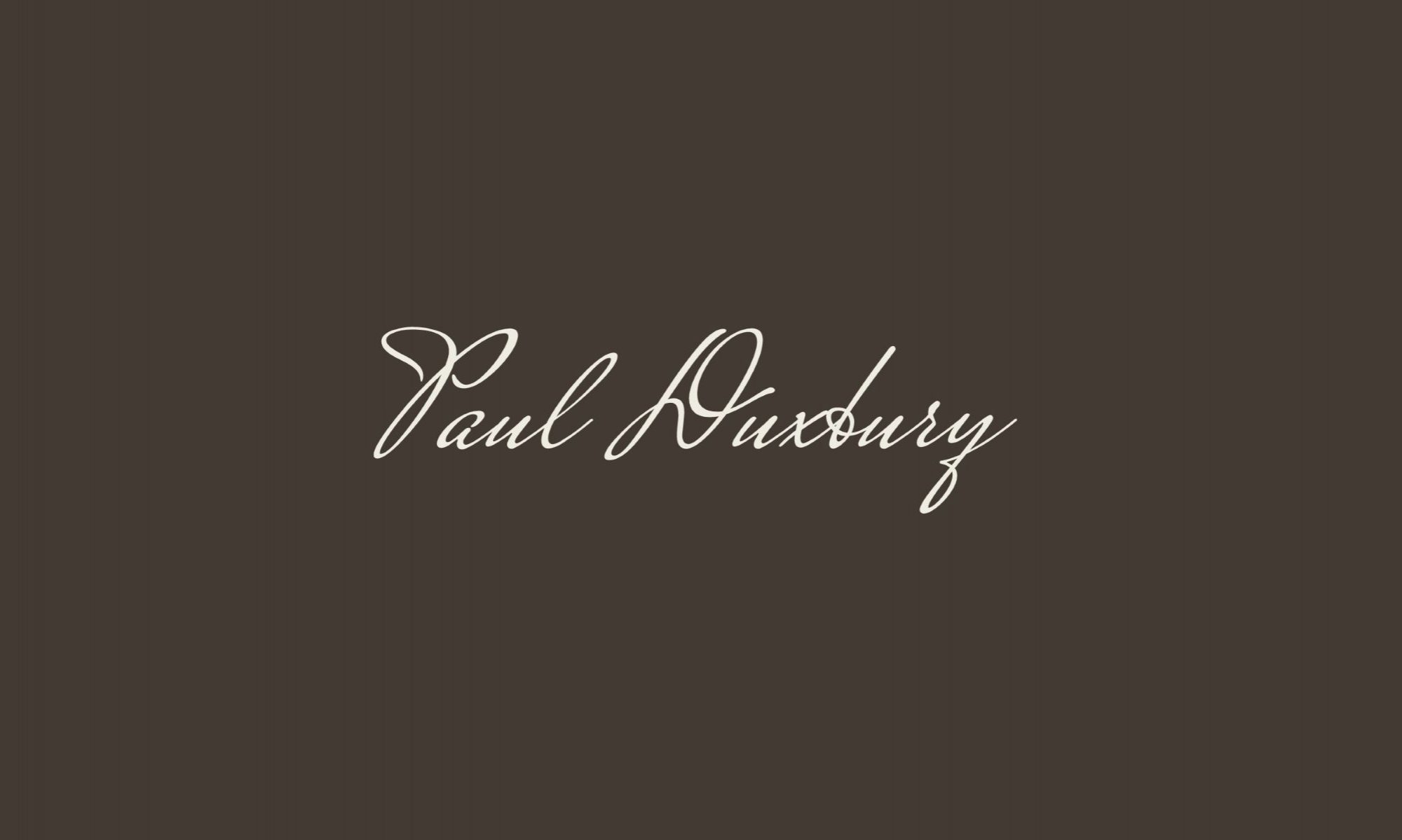I read a lot of articles, papers and indeed books about Learning and Development as you might expect. It’s good to keep abreast of the latest thinking, hear about people exploring new ideas and approaches and testing out what works and doesn’t work.
However, sometimes I do wonder if we as Learning & Development Professionals have a tendency to over-complicate things. One of my passions throughout the time that I have been involved in L&D is to make learning accessible and to communicate with people in a way which makes sense to them. Of course it’s right and proper that we as professionals in our field stretch ourselves, reflect on our learning and share things with others. But do we always need to dress it up in seemingly obtuse language or come up with some clever description for it?
I was discussing this the other day with a fellow L&D Professional and one of the comments that they made was that they thought that sometimes we do it in order to express our uniqueness as a profession. They pondered whether, in a world where many organisations still bundle L&D responsibilities into the remit of an HR. Generalist, we might feel the need to carve out a very distinct identity for Learning & Development.
That set me thinking about what L&D is ultimately about and why having spent some time throughout my career with HR. Generalist responsibilities I chose to specialise in L&D. I can well remember one of the first events that I attended which opened my eyes to the impact that Learning & Development could have. Having participated in a number of “Train The Trainer” events since I first started to drift into the L&D area I was a little sceptical about this event, assuming that it would be more of the same. However, it was to be a revelation. The trainer was enthused about their topic and they conveyed that enthusiasm to the group.
I call it an “event” but in reality it was more of an informal discussion with a group of us sat comfortably around the room and a flipchart set to one side. No high-powered laptops, PowerPoint presentations or other fancy gadgets and distractions. It was a discussion about “How do people learn?” The Trainer/Discussion Facilitator acted as a guide as we explored all the usual suspects (courses, books etc.) and then explored what we didn’t know that we knew. He opened my eyes to the wealth of learning opportunities that we don’t even realise we are experiencing as we go about our daily lives. He skilfully helped us to consider how we could reflect on that learning, apply that learning to our work based challenges and keep on learning.
I remember his closing sentiments to this day which were along the lines of “Our job as L&D people is to help others learn how to learn and to provide them with the tools, resources and opportunities to learn. We need to enthuse people with a passion for learning; to enable them to see that learning is easy; learning isn’t about the when, where, or the how it’s about the what; the ability to learn is a lifelong skill and like a passion for reading it’s a gift which we can awaken in others.”
For me that has been a guiding approach ever since. Whatever the latest fad is, be it eLearning, mobile learning, blended learning, social learning, unstructured learning, is largely irrelevant. Whatever deep and meaningful ponderings we come up with to explain our latest approach are all irrelevant.
What matters is that we as Learning & Development Professionals are encouraging a real passion for learning and once we awaken that passion in others we are making a real difference. I will close with a comment I made on Twitter earlier today:
L&D’s mission, if they choose to accept it, to help people to learn how to learn & then provide the tools to feed their desire to learn.
Are you ready to accept your mission?
